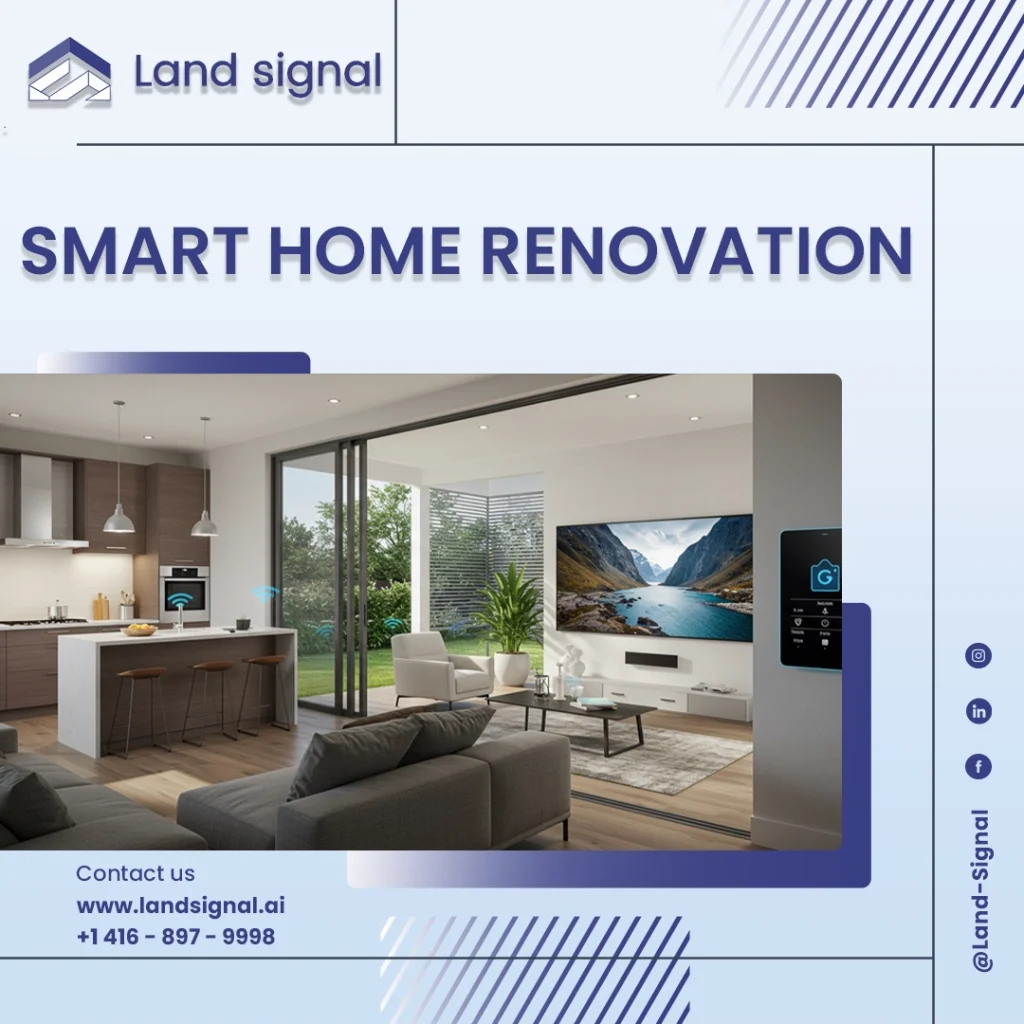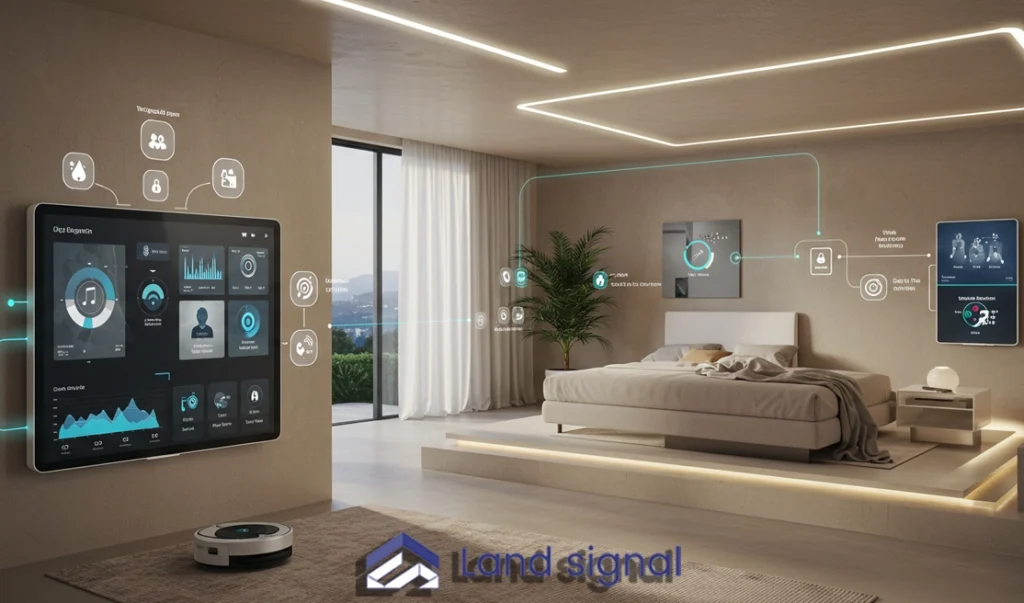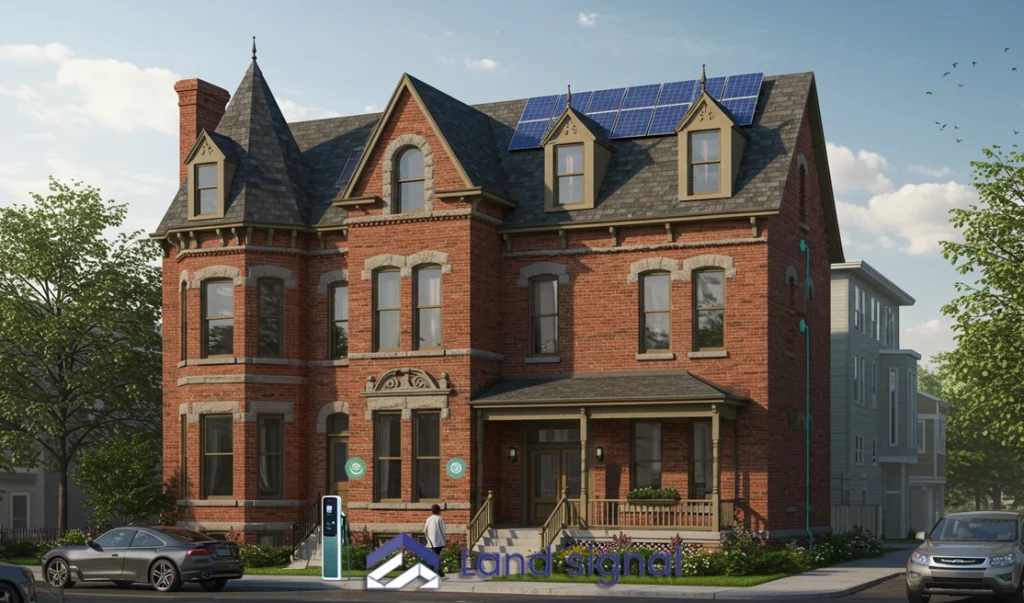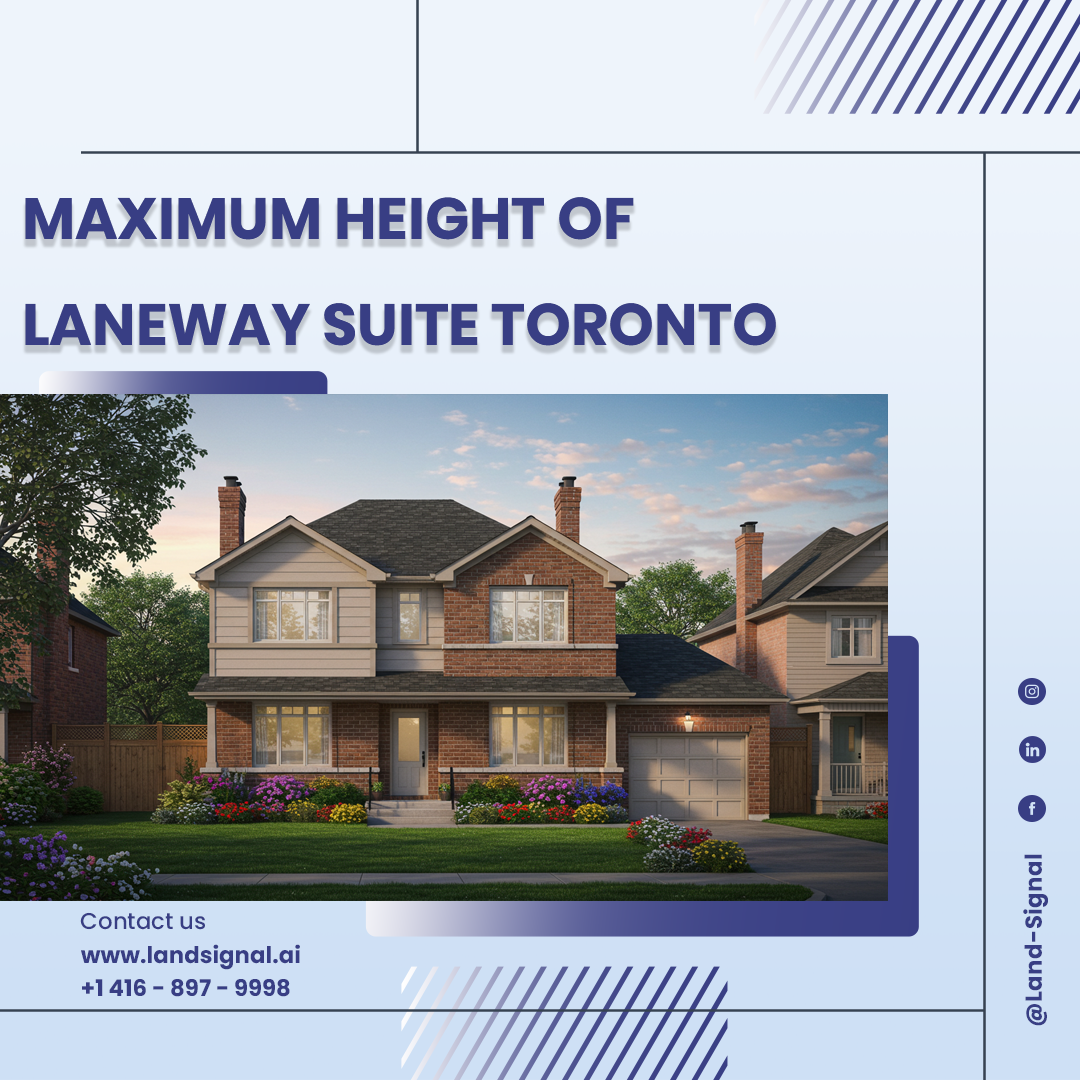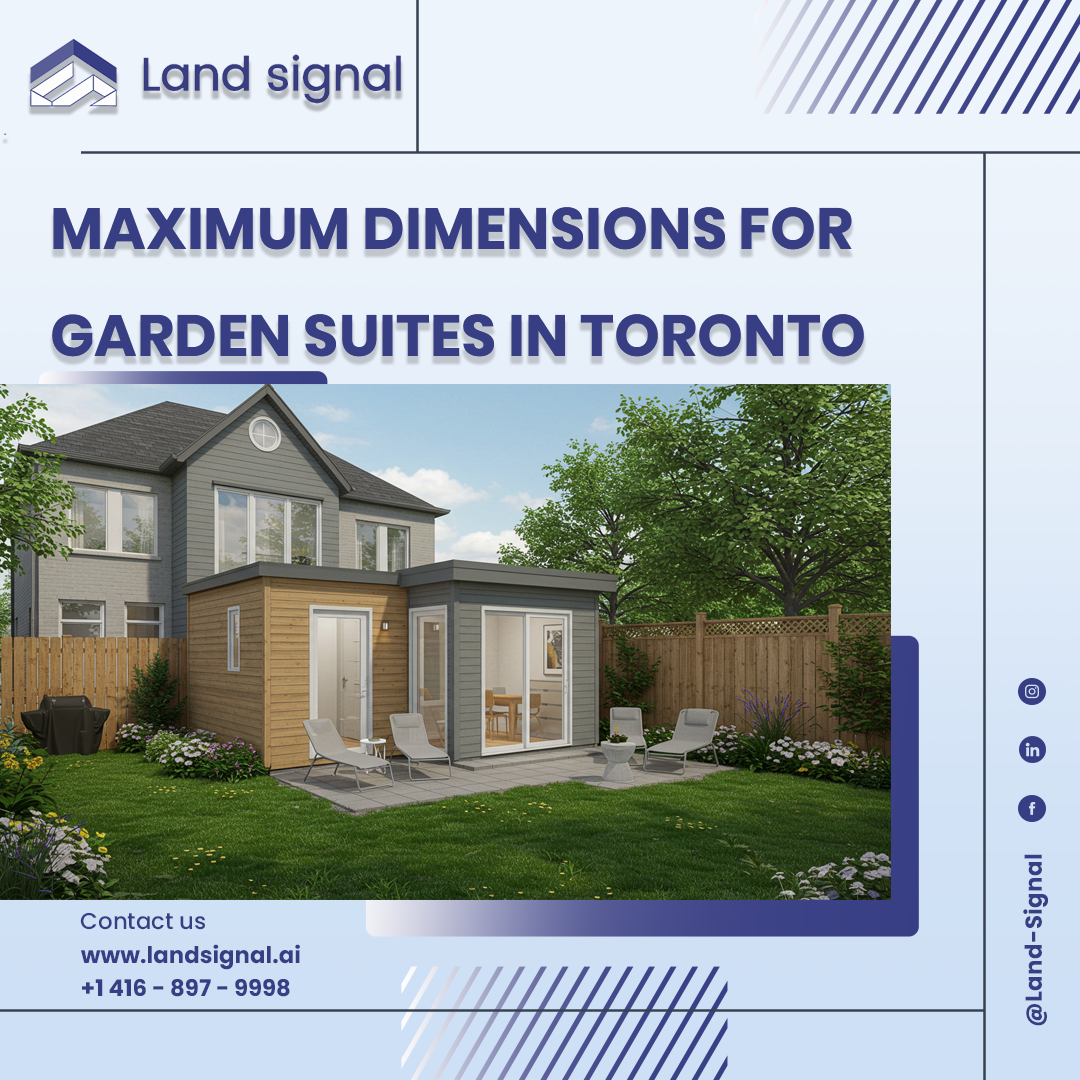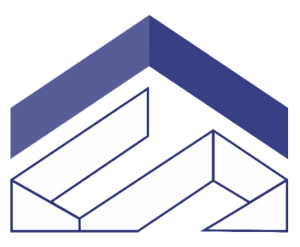Beyond the surface-level appeal of voice-activated gadgets, a deeper, more strategic value proposition underpins the modern smart home. For a Toronto homeowner, this translates to tangible efficiencies in energy consumption during harsh winters and a significant enhancement of property value in a competitive market. A well-executed smart home renovation is not merely an upgrade; it is a fundamental re-engineering of the living space. It integrates infrastructure, technology, and daily routines into a cohesive system designed for enhanced security, accessibility, and resource management, marking a critical step in residential asset optimization.
Start Your Project with Confidence
At Land Signal, we assist with construction and renovation permits, as well as Garden House and Laneway Suite designs. Let our experts guide you through every step.
The Integrated Home Ecosystem
A truly intelligent home operates as a single, coordinated entity, not a collection of disparate, high-tech devices. The most common pitfall in smart home projects is creating a disjointed environment where multiple apps and remotes compete for control.
The foundational decision in any project is selecting a central ecosystem—a digital brain that orchestrates all connected components. To achieve this harmony, your planning should begin by considering a central command platform. Key players in this space provide the framework for a seamless experience:
- Google Home/Nest: Known for its powerful AI assistant and strong integration with a wide array of third-party devices.
- Apple HomeKit: Prioritizes user privacy and security, offering a tightly controlled and reliable ecosystem for Apple users.
- Amazon Alexa: Boasts the widest range of device compatibility and a highly versatile voice command system.
Choosing one of these platforms early ensures that every subsequent device you select, from light switches to security cameras, contributes to a unified and responsive home environment.
Foundational Tech & Infrastructure
The most impressive smart devices are rendered ineffective by a weak underlying framework. Before a single sensor is installed, attention must be paid to the invisible infrastructure that supports it. A truly intelligent home is built on an equally intelligent foundation, a principle that successful Smart Home Renovations always adhere to. Let’s examine the two primary pillars of this groundwork:
Upgrading Electrical Systems
Many smart switches, dimmers, and outlets require a neutral wire for continuous power, a component often absent in Toronto’s older homes with knob-and-tube or early-generation wiring.
A comprehensive electrical audit and potential upgrade are therefore not just recommended but often necessary. This is also the ideal time to plan for future needs by installing additional outlets and dedicated circuits for power-hungry media or office equipment.
Fortifying Your Network
A robust smart home is entirely dependent on a stable, high-performance Wi-Fi network. The brick and plaster walls common in vintage Toronto properties can severely impede wireless signals.
Implementing a mesh Wi-Fi system, which uses multiple nodes to blanket the entire property in a consistent signal, is the professional standard. Furthermore, for critical, stationary devices like smart TVs or security hubs, running a hardwired Ethernet connection during renovations provides the ultimate in speed and reliability.
Adapting Modern Tech to Vintage Architecture
Integrating smart technology into Toronto’s many older homes presents a unique set of challenges where architectural character meets modern demands. Overcoming these hurdles is key to successful Smart Home Renovations in heritage properties.
Rather than viewing these as roadblocks, they should be seen as unique problems with clear, technical solutions. Here’s a look at common hurdles and their practical solutions:
- Challenge: Outdated wiring without a neutral wire.
- Smart Solution: Utilize battery-powered smart devices (like some sensors and cameras) or invest in smart switches specifically designed to work without a neutral wire. The most robust, long-term solution involves a professional electrical upgrade.
- Challenge: Thick plaster or brick walls blocking Wi-Fi signals.
- Smart Solution: Deploy a mesh Wi-Fi network. This creates multiple signal points, ensuring whole-home coverage where a single powerful router would fail.
- Challenge: Limited space for new wiring and devices.
- Smart Solution: Install empty conduit pipes within walls during any structural work. This “future-proofs” the home, allowing for new cables to be easily run later without costly demolition.
Enhancing Livability and Security
Once the infrastructure is in place, the focus can shift to the functional enhancements that directly impact daily life. These technologies are what transform a house into a responsive partner.
Strategic Smart Home Renovations focus on adding value through practical, everyday applications that go far beyond simple convenience. Let’s explore some key areas where this transformation is most profound:
Smart Security and Access
This goes beyond simple alarm systems. It’s about creating a perimeter of control.
- Keyless smart locks that allow for temporary access codes for guests or contractors.
- Video doorbells that provide real-time visuals and communication from anywhere.
- Integrated camera systems that can differentiate between people, animals, and vehicles, reducing false alerts.
Climate and Energy Management
This category offers one of the most significant returns in both comfort and cost savings.
- Smart thermostats, like the Canadian-developed Ecobee, learn your household’s patterns and adjust heating or cooling to optimize energy use.
- Automated blinds and shades can be programmed to close during the hottest parts of the day, reducing solar heat gain and lowering air conditioning costs.
Intelligent Lighting Systems
Modern smart lighting extends far beyond simple voice commands for on/off functions. It has evolved into a key element of wellness within the home. Advanced systems offer “human-centric” or circadian rhythm lighting, which automatically adjusts the color temperature and intensity of light throughout the day to mimic the natural progression of sunlight.
This supports the body’s natural sleep-wake cycle, improving sleep quality, mood, and focus. Implementing this during your project means strategically placing tunable LED fixtures and integrating them into the central ecosystem for automated, wellness-focused environmental control.
Crafting Immersive Experiences
The ultimate power of a smart home lies in its ability to create fully automated scenes that shape your environment with a single command. Imagine a “Movie Night” command that doesn’t just turn on the TV, but also dims the lights to a cinematic glow, lowers the blackout shades, and activates the surround sound system.
This orchestration can extend to a “Dinner Party” scene that adjusts lighting and plays a curated playlist throughout your main floor, or a “Good Morning” routine that gently raises the shades and starts your coffee maker.
This is where Smart Home Renovations move beyond mere convenience into the realm of crafting truly personalized and dynamic living experiences.
Ensuring Regulatory & Project Compliance
A technologically advanced home must also be a legally compliant one. Many elements integral to Smart Home Renovations—particularly those involving electrical rewiring, HVAC modifications, or any structural changes made to accommodate new tech—require building permits from the municipality of Toronto.
Proceeding without proper authorization can lead to costly work-stoppage orders, fines, or difficulties when selling the property. Ensuring every aspect of the project aligns with Ontario’s Building Code and local zoning bylaws is not just a formality; it is a critical component of a successful investment.
Navigating these zoning bylaws in Toronto and permit processes can be complex and time-consuming. Platforms like Land Signal specialize in streamlining this critical phase, managing the entire permit application process to ensure your smart renovation project is not only technologically advanced but also fully compliant with Toronto’s regulations.
Read Also: Renovation Permit Toronto | Everything You Need to Know Before You Build
Technology for Lifelong Accessibility
Perhaps the most profound impact of a smart home is its ability to enhance independence and safety for residents of all ages and abilities. The concept of “aging in place” is powerfully enabled by home automation, providing peace of mind for both the occupant and their family.
This technology offers profound benefits for accessibility, empowering residents to maintain autonomy in their own homes. Key applications that make this possible include:
- Voice-Activated Control: Allowing individuals with mobility challenges to manage lighting, thermostats, entertainment systems, and door locks without physical interaction.
- Smart Sensors: Motion or contact sensors can be used to monitor activity, sending an alert to a caregiver if, for instance, a medicine cabinet hasn’t been opened by a certain time or if there has been no movement for a prolonged period.
- Automated Safety Features: Smart water shut-off valves can detect leaks and automatically stop water flow, while smart smoke detectors can alert homeowners and emergency contacts, even when they are away from the property.
Maintaining A Cohesive Smart Environment
The journey doesn’t end after the last device is installed. A smart home is a dynamic system that requires occasional maintenance to operate at peak efficiency. To ensure lasting performance and avoid a system that becomes a source of frustration, it is vital to adopt long-term management strategies.
A key aspect of all forward-thinking Smart Home Renovations is planning for this ongoing upkeep. Consider these essential best practices:
- Regular Software Updates: Device manufacturers frequently release firmware updates to enhance security, patch bugs, and add new features. Set aside time quarterly to check for and install these updates across all your devices.
- Audit Your Automations: As your lifestyle changes, so should your home’s automated routines. Periodically review and tweak them to ensure they still make sense and aren’t causing unintended conflicts.
- Prioritize Future-Proof Standards: When adding new devices, look for those that support universal interoperability standards like Matter. This ensures that your new tech will integrate seamlessly with your existing ecosystem, regardless of the brand, safeguarding your investment for the future.
Conclusion
A successful renovation project in Toronto is a multi-faceted endeavor, balancing sophisticated technology with the physical realities of architecture and the rigid framework of municipal regulations. It’s an investment not just in hardware, but in a future of enhanced comfort, greater security, and improved daily efficiency.
When planned with a holistic vision that encompasses infrastructure, usability, and compliance, the result is more than a connected house; it’s a responsive, intelligent, and truly future-ready home.
